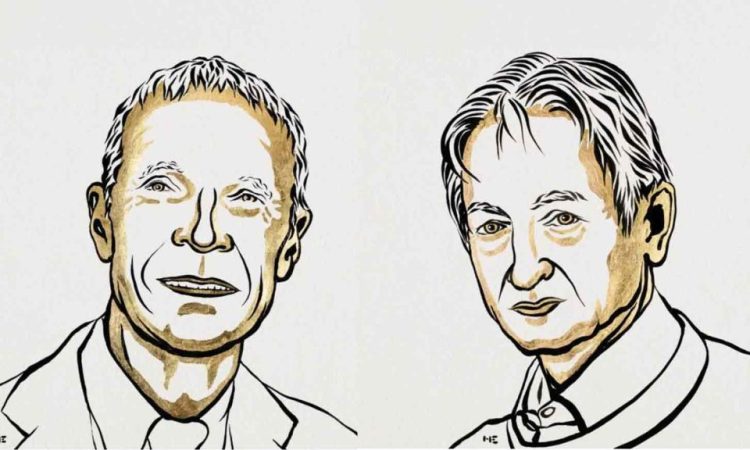
John Hopfield and Geoffrey Hinton won the 2024 Nobel Prize in Physics for their studies on artificial neural networks, the basis of current AI systems
The Royal Swedish Academy of Sciences announced the winners of the Nobel Prize in Physics on October 8, 2024, honoring John J. Hopfield and Geoffrey E. Hinton for their fundamental discoveries that enabled the development of machine learning through neural networks artificial. These two scientists laid the foundation for the artificial intelligence revolution we are witnessing today.
Read also:
The origins of artificial intelligence
Modern artificial intelligence is mainly based on machine learning through artificial neural networks. This technology draws inspiration from the structure of the human brain, using tools from physics to implement computational models capable of learning from data.
In artificial neural networks, neurons in the brain are represented by nodes with different values, linked together by connections that can be strengthened or weakened, similar to biological synapses. The network’s learning process occurs by changing the strength of these connections based on the data it is trained on.
The two winners’ groundbreaking contributions date back to the 1980s, when artificial intelligence was still in its infancy.
The Hopfield network: associated memories
John Hopfield, a professor at Princeton University, invented a network capable of storing and recreating data patterns, such as images. His innovative approach was to use principles of material physics to describe the functioning of the neural network.
The Hopfield network can be imagined as a set of nodes similar to the pixels of an image. The system as a whole is described as equivalent to the energy of a system of atomic spins, a property that makes each atom a tiny magnet.
The network is trained by finding values of connections between nodes that minimize the system energy when presented with images to be stored. When the network is presented with a distorted or incomplete image, it methodically updates the values of the nodes to reduce the overall energy, thus managing to reconstruct the stored image that is most similar to the imperfect input received.
Advertisement
The Boltzmann machine: recognizing patterns
Geoffrey Hinton, a professor at the University of Toronto, used the Hopfield network as the basis for developing a new type of network called a Boltzmann machine. This system uses statistical physics tools to implement a different learning method.
The Boltzmann machine is trained by giving it examples that have a high probability of occurring when the system is running. In this way, the network learns to recognize characteristic elements in a certain type of data. Once trained, it can be used to classify images or to generate new examples of the type of pattern it was trained on.
Hinton continued to develop these ideas in the years that followed, contributing decisively to the current explosion of machine learning technologies. In 2006, he and his colleagues developed a method for pre-training deep neural networks using a series of overlapping Boltzmann machines, thus optimizing training for feature recognition in images.
Impact on scientific research
Hopfield and Hinton’s discoveries have had a profound impact not only on the development of artificial intelligence, but also on scientific research in many fields. Applications range from particle physics to astrophysics, passing through materials science.
Ellen Moons, president of the Nobel Committee for Physics, underlined: “The work of the winners has already brought enormous benefits. In physics we use artificial neural networks in a wide range of areas, such as developing new materials with specific properties.”
While tech giants invest billions in artificial intelligence, the award to Hopfield and Hinton reminds us that there is some serious theoretical physics behind chatbots and photo filters. Their insights from the 1980s transformed artificial neurons into powerful computing tools, paving the way for unexpected revolutions. The next time your smartphone completes a sentence or recognizes a face, remember that there’s a bit of Nobel Prize behind it. And who knows what other surprises this fusion between neurons and bits has in store for us.
Read more:

